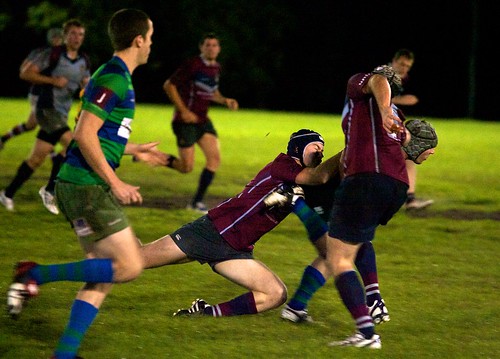
The Global Positioning System (GPS)-based satellite navigation system is a developed and owned by the U.S. Department of Defense. It is officially called NAVSTAR (Navigation Satellite Timing And Ranging) GPS. In 1980 the U.S. government for public use free GPS. It can be used anywhere in the world and is 24 hours a day. The GPS has three segments: space, control andUsers.
The space segment includes a network of 24 GPS satellites, Air Force is administered by the United States. The satellites are such that at least four satellites distributed over the horizon from anywhere on Earth. These satellites are sufficient to determine all the position of a GPS receiver on Earth. People around the earth every 12 hours at an altitude of 12,000 miles. Driving at speeds of more than 7,000 miles per hour.
The control segmenta master control station is to monitor stations and ground antennas. monitoring stations track the orbits of satellites and that data for the Master Control Station sent. The Master Control Station uses the ground antennas to periodically send updated information for each orbit of satellites.
The user segment consists of the GPS receiver. The receiver is equipped with an antenna that is sent from the satellites can acquire signals up. A receiver can12-20 channels. The number of channels is the number of satellites that can monitor simultaneously.
Here is how to work all these segments. Each GPS satellite contains a computer, radio and atomic clocks. Each satellite continuously transmits the time and current location. All satellites transmit their data at the same time. A GPS receiver can calculate the exact location or determine the distance between him and threemore satellites. The time between transmission and reception of the signal will determine the recipient for the distance to each satellite. If the recipient of the distance measurements from three or more satellites, the exact location of the receiver can be determined. This process is called triangulation. If the recipient can view a map, its position can be shown on the map. The position can be accurately determined at 10 to 100 meters. If you have special military equipment approvedThe position can be determined within 1 meter. In addition, the clock is in a receiver is not as accurate as the atomic clocks of the satellites. Therefore, the recipients follow one or more additional satellites to correct at any time.
A GPS receiver can calculate two-dimensional position (latitude and longitude), if you acquire signals from at least three satellites. A GPS receiver can calculate its position to its three dimensions (latitude, longitude andElevation) when receiving signals from four or more GPS satellites. The receiver, not only the exact location, but can also determine the speed, direction, distance to destination, estimated time of arrival, and much more.
If you want to ensure the most accurate GPS receiver should be a clear line of sight (sight) of the GPS satellites. This means that it should be used outdoors. A GPS receiver does not work inside,Underground or under water. Buildings, overpasses, forested areas, screen or electronic interference, the receiver of a satellite. This can weaken the signal from the satellite and the receiver to give unreliable readings. Another problem that may occur to multipath interference. Multipath interference occurs when a signal is delayed for a satellite to a receiver, because it was forced to bounce off tall buildings or large rock surfaces.
Thanks To : Garmin nuvi 1350 Garmin eTrex Venture
No comments:
Post a Comment